Blog
Blog
Dancing with the pelvis: Alignment, deviations, and mobility
Authors: Clara Fischer Gam and Elsa Urmston on behalf of the IADMS Education Committee
In the latest post from the IADMS Education Committee we started a two-post discussion on pelvic structure and alignment. We looked at pelvic anatomy, motion and came up with ideas for putting these concepts into practice in class. This second post will focus on pelvic alignment and its relevance to movement execution in the studio.
Read ArticleThe Pelvis: The Meeting Point of the Body
Author: Clara Fischer Gam on behalf of the IADMS Education Committee
We will get the week started with a post from the IADMS Education Committee. This is part 1 of a two-post discussion on pelvic structure and alignment. Today we will take a closer look at anatomy of the pelvis and share ideas for embodying these concepts in the studio.
Read ArticleIADMS 2015 Annual Meeting in Pittsburgh, PA, USA
Author: Hannah Etlin-Stein
IADMS is now gearing up for another Annual Meeting and this year it is in Pittsburgh! As IADMS is a diversely international community, the Annul Meeting is a fabulous way to explore a new city and culture, while connecting with the IADMS community. For those who have never attended an Annual Meeting it's an experience unlike any other and can provide many benefits.
Read ArticleDance Medicine and Science at Dance UK’s ‘The Future: New Ideas, New Inspirations’ Conference
Author: Sarah Beck
This past weekend, from April 9th to 12th, Dance UK hosted their first ever Industry Wide Conference titled The Future: New Ideas, New Inspirations. With the future of the dance sector at the heart of this conference, it seemed only right that dance medicine and science featured within discussions.
Read ArticleThe Spine: The impact of head position
Author: Elsa Urmston on behalf of the IADMS Education Committee
This blog post from the IADMS Education Committee brings focus to the importance of spinal alignment and its role in aiding the efficient and effective mobilization of the body in dance. Specifically this week, we will look at the cervical spine and the all too common problem of the forward head posture.
Read ArticleWhat do ballet dancers, bar tenders and paramedics have in common?
Author: Luke Hopper, PhD
Lifting is an important technique across dance styles. With diverse modern choreography, lifting is an increasingly common technique not only for males but for female dancers as well. The act of lifting is often described as giving the partner grace and the impression weightlessness as they float through the air. But what about the lifter below? What about their technique? And more importantly what about their health?
Read ArticleCore Control: “Not just abdominals”
Author: Clara Fischer Gam on behalf of the IADMS Education Committee
In previous Education Committee posts we’ve spent time talking about turnout, and mentioned the importance of core control and neutral alignment in maximizing rotation of the legs. Here, we spend a bit more time focusing on core control and what that might mean.
Read Article5 Questions with Susanna Piculell
This month's featured member is Susanna Piculell of University College London. Susanna is a physiotherapist specialising in dance medicine. Her areas of interest include injury prevention, preseason functional screenings, periodization for dancers and performance psychology.
Read ArticleAn intervention to improve turnout - Research Study
Author: K. Michael Rowley
Many posts on the IADMS Blog from the Education Committee have been focused on the anatomy and control of turnout. But does awareness of where turnout comes from and exercise targeting hip external rotators actually make a difference in turnout a dancer can achieve? According to research from Florida State University published in the Journal of Dance Medicine and Science, the answer is yes.
Read ArticleTo torque or not to torque: The summative contributions of the knee, tibia and foot in the use of turn out
Author: Maggie Lorraine on behalf of the IADMS Education Committee
In a previous post we examined the structure of the pelvis and hip joint and observed how the anatomical variations of the structure can impact on an individual’s ability to externally rotate their legs in the hip socket (turnout). We know that in most cases, dancers do not possess perfect turnout or complete external rotation from the hip. Often turnout is viewed as the placement of the prescriptive positions of the feet on the floor, however it is important to remember that turnout is an aligned movement of the whole leg from the hip joint culminating in the centering of weight over the foot on the floor whilst dancing. Ergo turnout is an action not a static position.
Read Article- IADMS 34th Annual Conference - Experience Point of View: Jennifer Milner
- IADMS 34th Annual Conference - Experience Point of View: Joanna Nicholas
- IADMS 34th Annual Conference - Experience Point of View: Erika Mayall
- Beginning ASL for Medical Students & Health Practitioners
- Relative Energy Deficiency in Dance
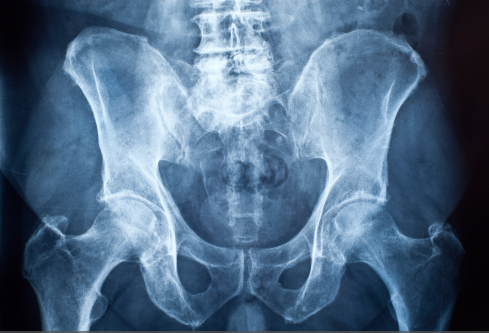
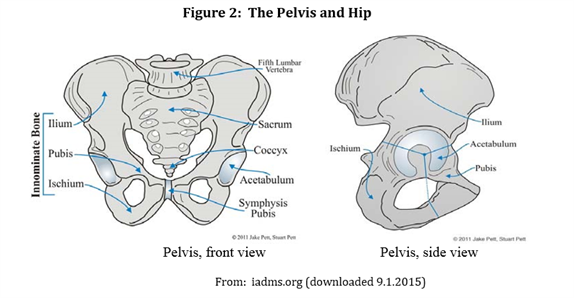

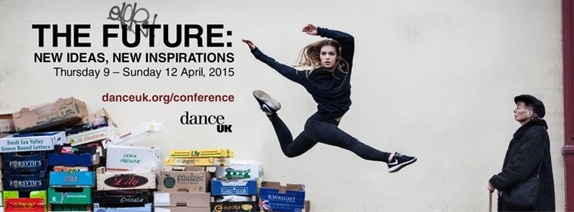
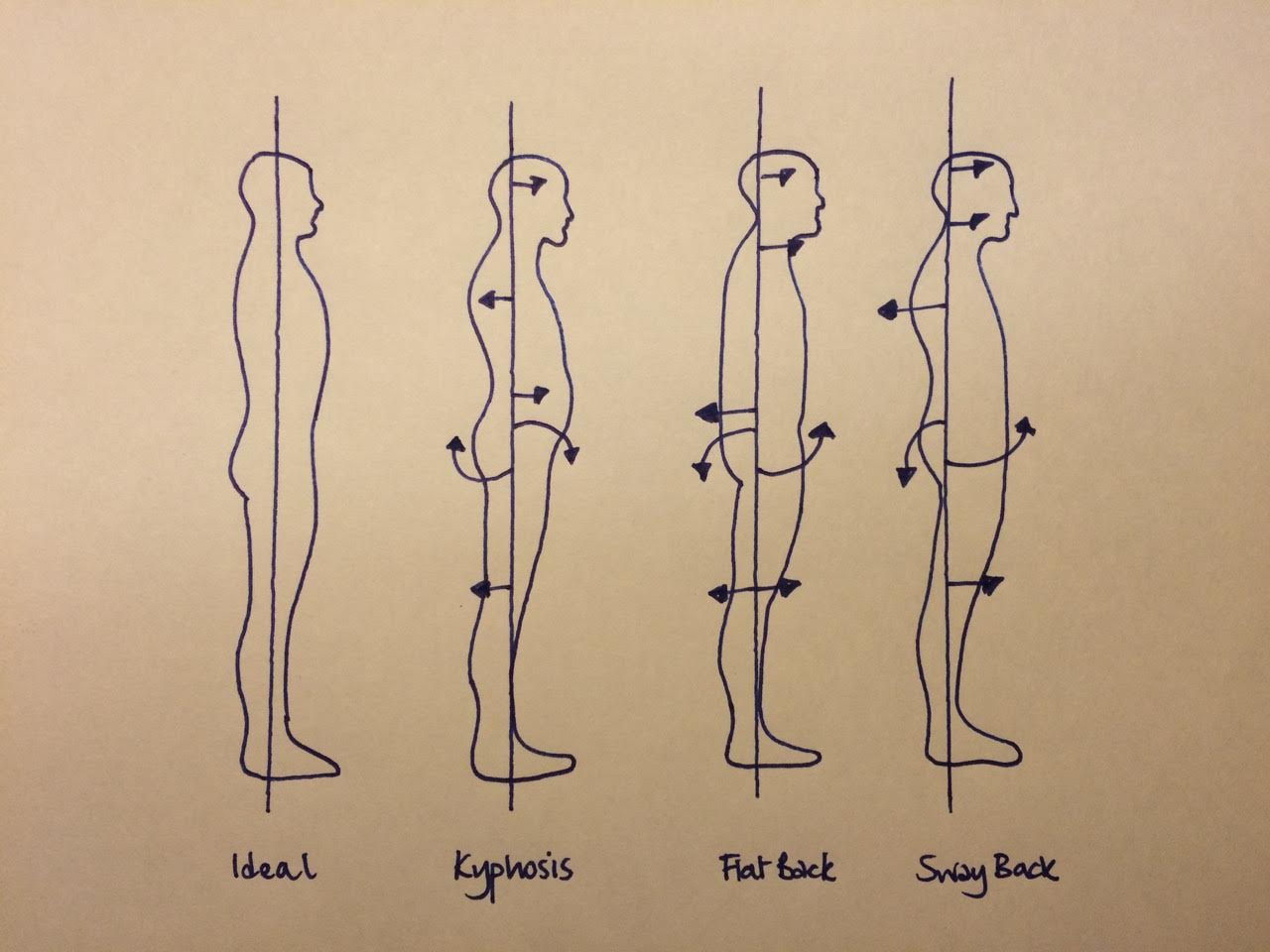
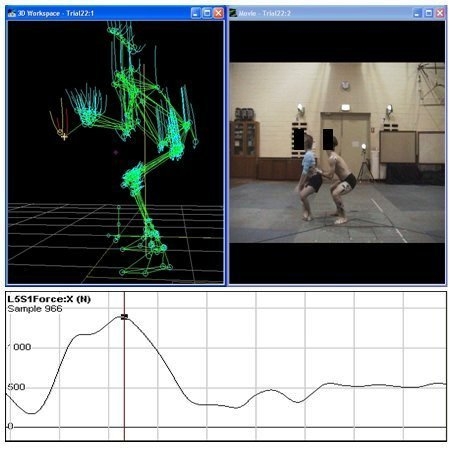
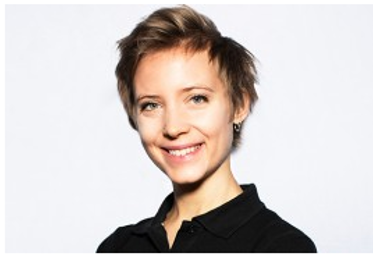
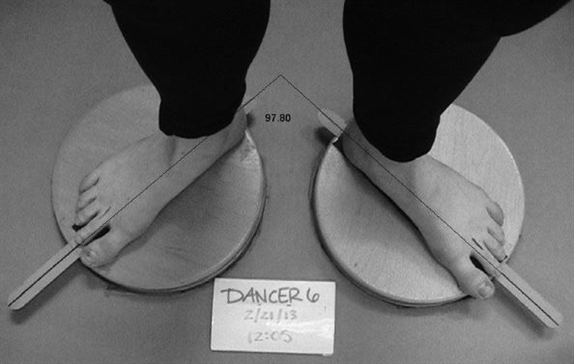
 BACK
BACK